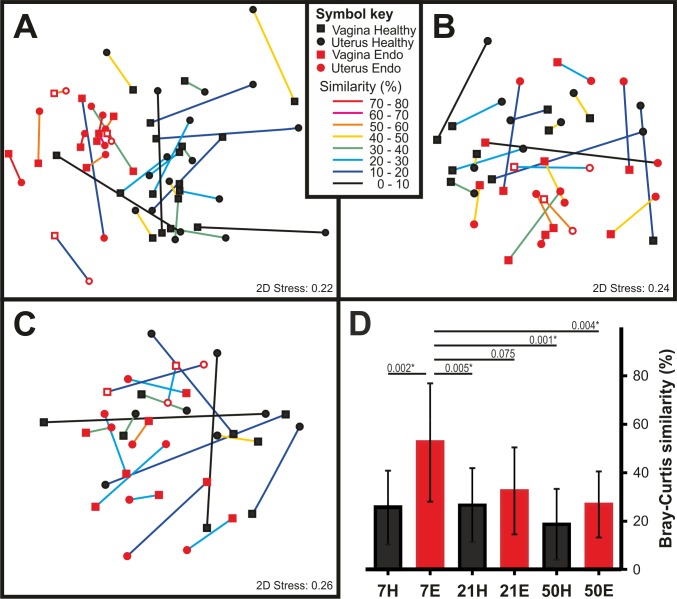Fig 4. Differentiation of the vaginal and uterine microbiomes.
A-C) Non-metric multidimensional scaling of vaginal (squares) and uterine (circles) samples collected at A) 7 DPP (Healthy N = 18; Endometritis N = 12), B) 21 DPP (Healthy N = 10; Endometritis N = 12) and C) 50 DPP (Healthy N = 8; Endometritis N = 10) from healthy animals (black closed symbols) or cows that developed postpartum endometritis (red closed symbols; borderline: open symbols)). Vaginal and uterine samples originating from the same animal are linked. The colour of the link represents the Bray-Curtis similarity between the microbiomes associated with each compartment of the reproductive tract. Links between paired samples were added in CorelDraw X4. D) Average and standard deviation of the Bray-Curtis similarities of paired vaginal and uterine samples at 7, 21 and 50 days postpartum from healthy (black bars) and endometritic cows (red bars). Numbers above the horizontal lines show selected P values of differences between groups. The asterisk denotes groups with statistically significant differences. Clinical assignments were made at 21 DPP or later based on the vaginal mucus score as described in Materials and Methods.

